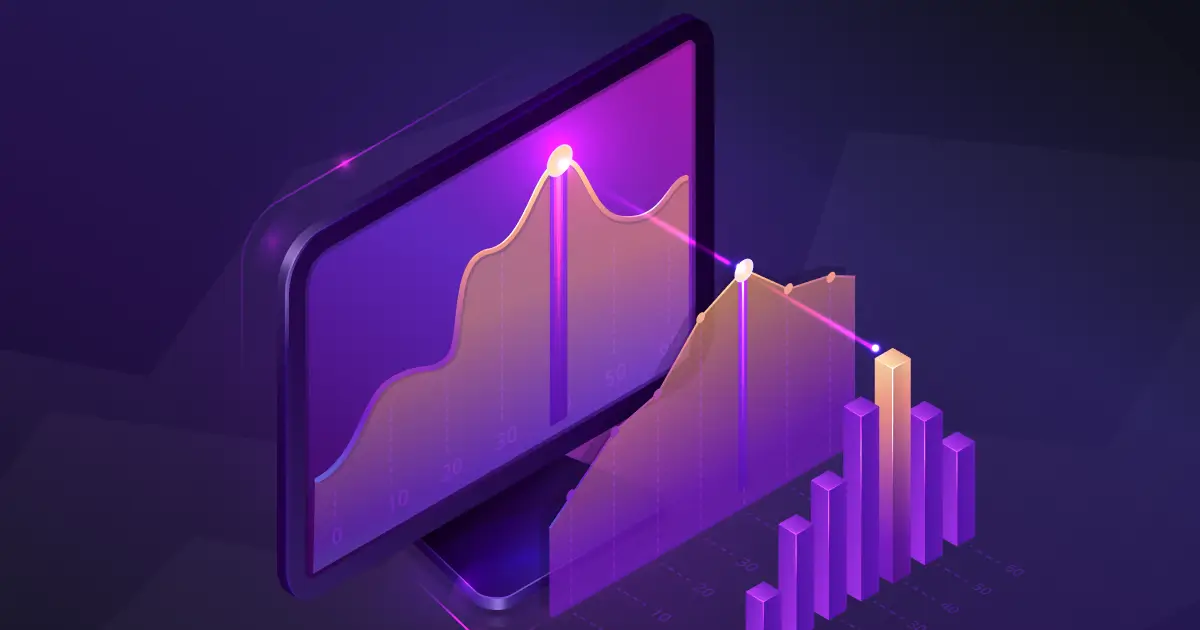Digital transformation initiatives have accelerated since COVID. Customer expectations have increased. Demands for contactless, digital experiences have exploded. More companies are embracing the cloud and hybrid multi-cloud to enhance agility and responsiveness. The evolution of legacy workloads to cloud native is accelerating the adoption of new technologies like micro services, containers, and serverless. This, in-turn, has led to the use of more tools to continuously deliver and release software.
DevOps Has Grown Increasingly Complex
DevOps has always been about the pursuit of automation and reducing manual toil. The pandemic fundamentally changed the way people approach automation and low-code and no-code, and yet, it is still a challenge for many organizations. There is a skills gap, a dearth of DevOps engineers, a lack of confidence in automation, and huge backlogs in trying to keep up with expanding requirements.
As tools became more sophisticated and as we embraced technologies like Kubernetes, the amount of scaffolding needed to run DevOps tool chains became massive. If organizations tried to solve each individual problem, they are struggling a lot right now. Those organizations that looked at the whole problem, focused on developer productivity, abstracted all the tooling away, and put orchestration in place have benefited from the growth and expansion of their DevOps methodology, practice, and tools..
There are often valid reasons to use two tools with the same or similar function. There can be multiple best-of-breed solutions for each function. Developers have their preferred tools. We need to allow development teams to use the tools and solutions they are familiar with and have confidence in rather than mandating what’s in their toolset. However, we must do so in a controlled way and make it easy to trade tools in and out as they are needed.
Developers are great at writing code and creating features. As such, it is not best practice for them to spend their time learning another tool and figuring out how to accomplish the same things they already know how to do with another tool. We can abstract the complexity and nuance away and save a lot of time in the learning curve while reducing mistakes.
The expansion of DevOps has led to an even greater need for DevOps orchestration — the automation of tasks, tools, and pipeline to minimize security, quality, and production issues while accelerating speed to market. DevOps orchestration drives more value from DevOps because it reduces the problem of human resistance — resistance, and the time required to learn new tools and processes.
Suggested Read: CI/CD Pipeline: All You Need to Know
No-code DevOps Orchestration Accelerates Delivery
In the early days of DevOps there were only a few tools and pipelines. Developers and ops engineers could just write glue code to stitch the tools and pipelines together. This worked until there were dozens of tools, stacks, and environments, hundreds of pipelines, and observability and reporting failing to keep up with all of these elements. Today, the impact of the orchestration platform can be huge. The State of DevOps Report shows that having a self-service platform drives DevOps maturity, accelerates software delivery, and improves quality.
Up to 40% of a developer’s time is spent integrating tools, building, and maintaining connections for pipelines. This drives down developer productivity, creativity, and satisfaction. Add to this the difficulty of troubleshooting issues when monitoring does not keep pace with tool changes. These are some of the reasons DevOps teams struggle and why Gartner reports that more than 90% of organizations do not feel their DevOps efforts have met expectations.
Gartner also projects that by 2024, 65% of all applications will use some form of low code or no code. No code enables developers of all skill levels to create and deploy applications using a drag-and-drop interface to connect steps together to transform information into value.
No-code DevOps orchestration benefits organizations, as well as teams since it enables people to cross-skill. If a DevOps expert goes on vacation, leaves the team, or gets promoted, there’s frequently a skills gap that affects the team’s performance. A no-code DevOps orchestration platform abstracts the complexity of the DevOps toolchain. It enables organizations to promote from within by equipping all team members with the skills and training to create an end-to-end, well-orchestrated, and completely integrated DevOps pipeline.
No-code DevOps orchestration includes every step in the pipeline including security, quality, and deployment where notifications are sent to the right people, as early in the development process as appropriate. This has a positive impact on the speed, agility, communication, and collaboration of the team as well as the quality and security of the application.
Suggested Read: What is DevSecOps and Why Is It Important for Your Company?
No-code DevOps orchestration has multiple benefits providing empowerment with oversight:
- Lets developers focus on writing code and creating features rather than building pipelines
- Enables new tools and pipelines to be deployed in minutes rather than weeks or months
- Accelerates troubleshooting with end-to-end logging across tools, pipelines, and infrastructure
- Reduces the impact of skills shortages
- Increases confidence and use of DevOps automations
- Eliminates the visibility gap thereby giving engineers faster troubleshooting and restoration, stakeholders a “single source of truth,” and visibility and unified insights into security and quality policy compliance.
As more CIOs employ a cloud-first and SaaS-first infrastructure, they’re employing applications like SAP, Salesforce, Workday, and Adobe Experience Manager to run their business. There is a lot of customization going on around each of these applications to optimize them for their particular business. How you do release automation for these SaaS applications is no different than the problems core product engineers are solving for the release of core products. This is a rapidly evolving use case for no-code orchestration platforms since teams have the ability to create multiple types of pipelines using the same framework while integrating security and quality into the pipelines.
Continuous orchestration gives everyone the ability to orchestrate tools, pipelines, and insights for myriad use cases without taking away choice, while providing governance and automation.
Click here to check out a demonstration of how easy it is to set up DevOps orchestration with a no code platform.




